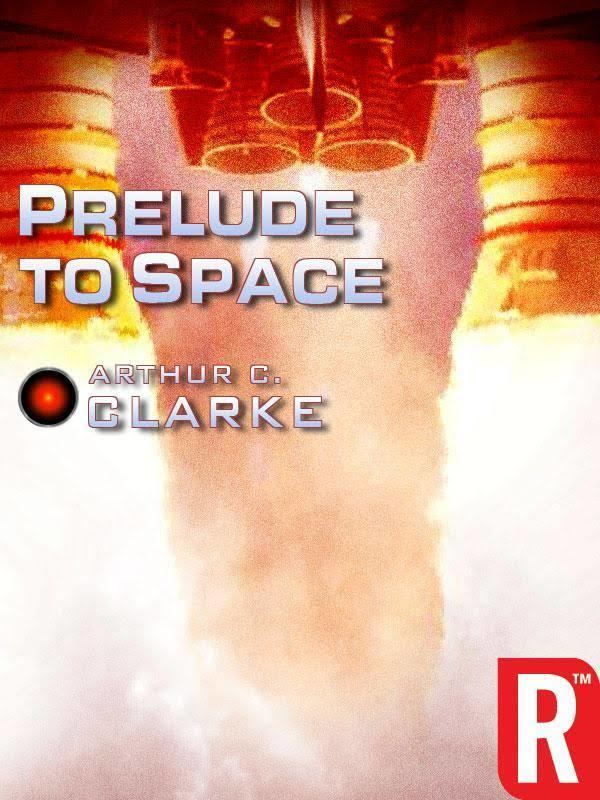7.2 /10 1 Votes7.2
Cover artist Bunch (per signature) Language English Publication date 1951 Originally published 1951 Page count 160 | 3.6/5 Goodreads Country United States Publisher World Editions Inc. Genre Science Fiction | |||||||||||||||||||||||||||||||||
 | ||||||||||||||||||||||||||||||||||
Similar Arthur C Clarke books, Science Fiction books | ||||||||||||||||||||||||||||||||||
Prelude to space
Prelude to Space is a science fiction novel written by British author Arthur C. Clarke in 1947. It appeared for the first time in 1951 in magazine format by World Editions Inc, as number three in the series Galaxy Science Fiction. Sidgwick & Jackson published it in novel form for the British readership in 1953, followed the next year by a United States hardcover edition from Gnome Press and a paperback from Ballantine Books.
Contents
Plot summary
Prelude to Space recounts the fictional events leading up the launch of Prometheus, the world's first spacecraft capable of reaching the Moon. Prometheus consists of two components, named Alpha and Beta. Alpha is designed for travel from Earth orbit to the Moon and back. It is not capable of independent atmospheric flight. Beta is a nuclear-powered flying wing which carries Alpha into orbit. Beta uses a nuclear reactor to superheat either air (when flying in the lower, denser, part of the atmosphere) or its own internal supply of methane (in the higher reaches of the atmosphere and in space) to achieve thrust. Beta functions as a ramjet in the lower atmosphere and must be launched using an electric launch track. The return journey to the Moon proceeds as follows: Beta carries Alpha into Orbit; Alpha separates from Beta and refuels from tanks previously carried into orbit by Beta; Alpha flies to and lands on the Moon while Beta remains in Earth orbit; Alpha returns to Earth orbit and the crew returns to Earth aboard Beta; Alpha remains in orbit to await the next flight.
Prelude was written before the Apollo missions landed men on the moon and follows the ideal that space travel is realistic and within the grasp of the population. Clarke wrote a new preface in 1976 in which he admits that he had some propagandist goals in writing Prelude to Space — he was an influential member of the astronautics community when the idea of rockets leaving earth's atmosphere was scoffed at by many scientists.
The novel ends with the launching of Prometheus; the entire plot consists of scientists, engineers and administrators showing Dr. Dirk Alexson how the mission was planned and how the technology will work. Dr. Alexson is the historian assigned to prepare the official history of the Moon mission. He represents the point-of-view character for the sophisticated and imaginative, but non-technical, reader.
All the technology imagined in Prelude to Space is feasible, though nuclear engines for air and space travel have never been developed, except as prototypes.
Prelude to Space has also been published under the titles Master of Space and The Space Dreamers.
Reception
Reviewer Groff Conklin characterized Prelude as "a magnificent book." Boucher and McComas praised the novel, saying that Clarke handled scientific detail "with so sensitive a poetic understanding that this simple factual narrative is more absorbing than the most elaborately plotted galactic epic.". P. Schuyler Miller reviewed it favorably, citing its "documentary quality" and "many of the poetic bits" that mark Clarke's work.
